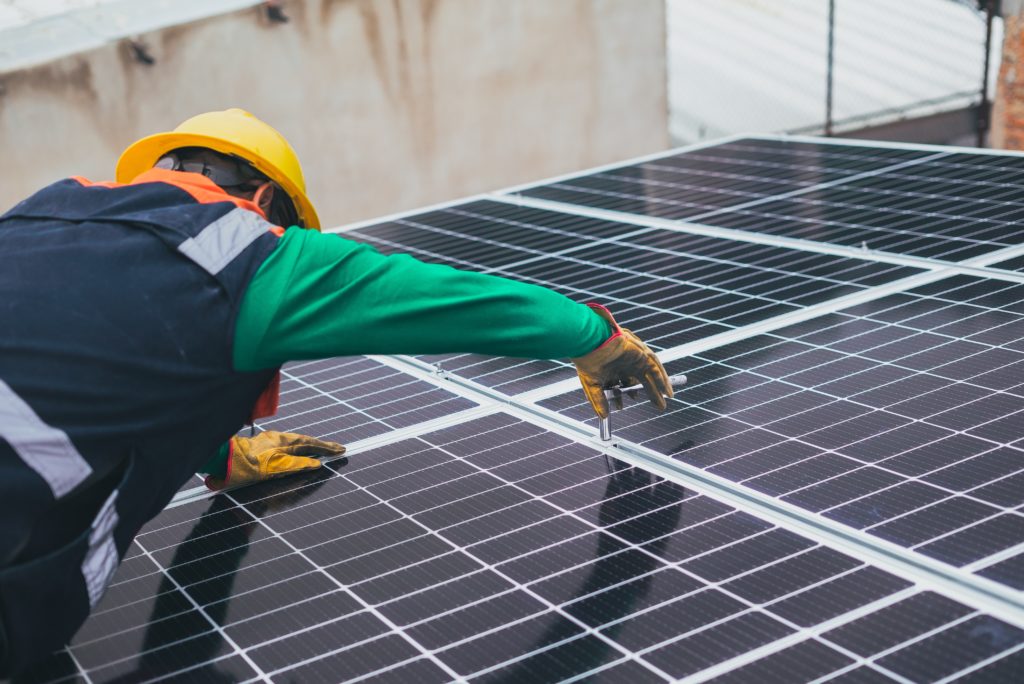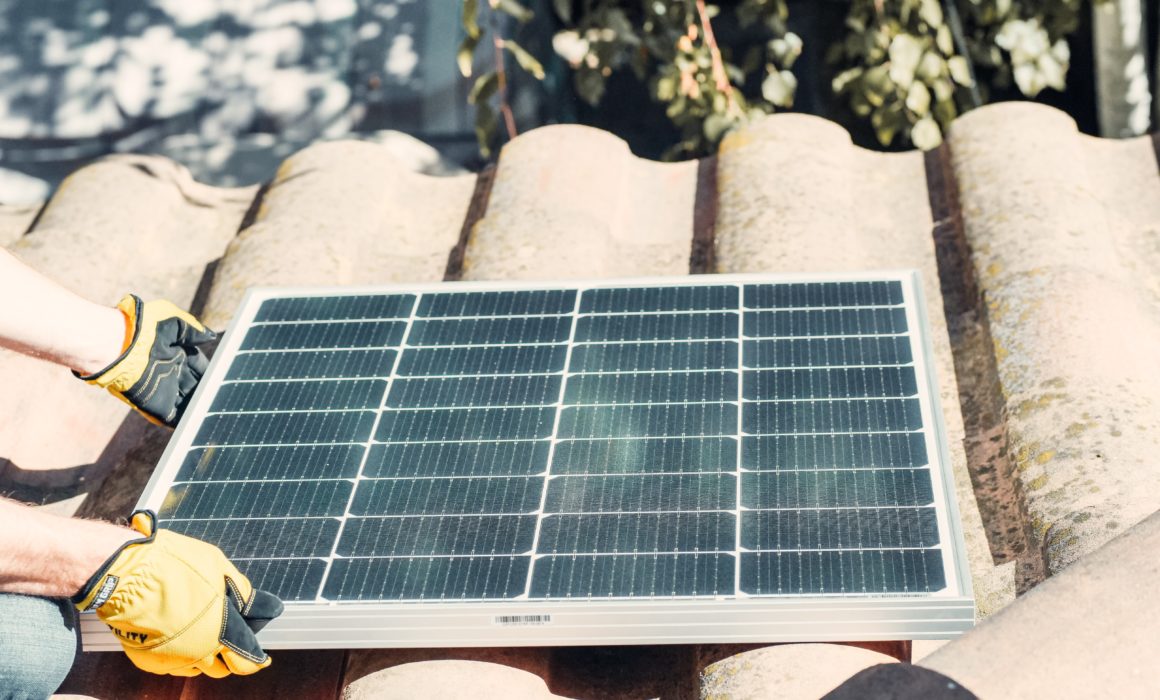Retrofit trends: efficient solutions for your building
Many people believe a retrofit is the same as a renovation, but they couldn’t be more wrong. According to the dictionary, retrofit means installing or furnishing something (like a building) with new equipment not considered necessary at the time of construction. In construction terms, a retrofit is tied to efficiency and functionality, like making old systems function more effectively and economically.
The most common goal when retrofitting a building is sustainability. Outdated installations tend not to be “green,” and upgrading energy-consuming systems is the way to go not only to make them more eco-friendly but also money-saving in the long run.
If you are thinking about retrofitting your building — be it residential or commercial — here are some of the most popular retrofit trends:
Low-flow fixtures
One of the easiest ways to reduce water consumption and decrease your spending is to install fixtures labelled as “low-flow.” From showerheads to faucets to toilet flush valves, those fixtures can decrease water usage by up to 60% while still delivering a satisfying water pressure.
For commercial buildings, consider also installing faucets with sensors and automatic shut-off. It is a simple installation that will cause minimal disturbance but provide significant savings.
Natural Gas Forced Air Furnace
Forced air furnaces fueled by natural gas are one of the most energy-efficient and economical heating systems you can have in your building, as opposed to an electrical one. It can create heat very quickly, and it’s very easy to install — not to mention it’s a cleaner option for the environment. Although the electrical one can be seen as cheaper and more cost-effective than the natural gas solution, the long-term operating costs can add up.
A tip to know how energy-efficient is your furnace is by checking its AFUE ratings. The higher the number, the better it is. You will want something with at least an 80% rating, but anything above 90% is the best you can get.
Heat pumps
Depending on where you live, switching your furnace for a heat pump can mean a great deal in terms of efficiency. Heat pumps use the air from outside to either heat or cool your building, which means better efficiency in milder climates.
For buildings located in colder areas when winter can reach -20°C or lower, the efficiency decreases compared to furnaces. In these cases, the best option is to go for a hybrid system that will combine a heat pump with a natural gas heating solution.
Solar panels
One of the retrofit trends that is getting popular and growing rapidly is the use of solar panels. Renewable energy, like solar or wind, is less pollutant and much cheaper in the long run — solar energy prices have decreased by 90% from 2010 to 2020 in Canada.

Solar energy has a lot of potentials, especially in the Canadian Prairies, where the amount of days per year with sunshine is easily above 300. Solar panels can even endure the harsh Canadian winter. They will, for instance, perform better during colder months when the sun reflects on the snow and increases energy production. According to studies, about 4 hours per day is enough for solar panels to be effective as an energy-generating system.
Why should you invest in one of those retrofit trends?
Retrofits can seem like a lot, but investing in them will result in better efficiency for your building or home, which will, in return, lower your costs. Efficient systems will also decrease the need for maintenance and create a healthier environment, both for the occupants of the building and for the planet.
Not to mention the increase in value: a building with modern and efficient structures can get an excellent appraisal compared to a similar one with old and dated systems. Investing in energy-efficient updates and getting a retrofit is the best thing you can do for both the short and long term.


